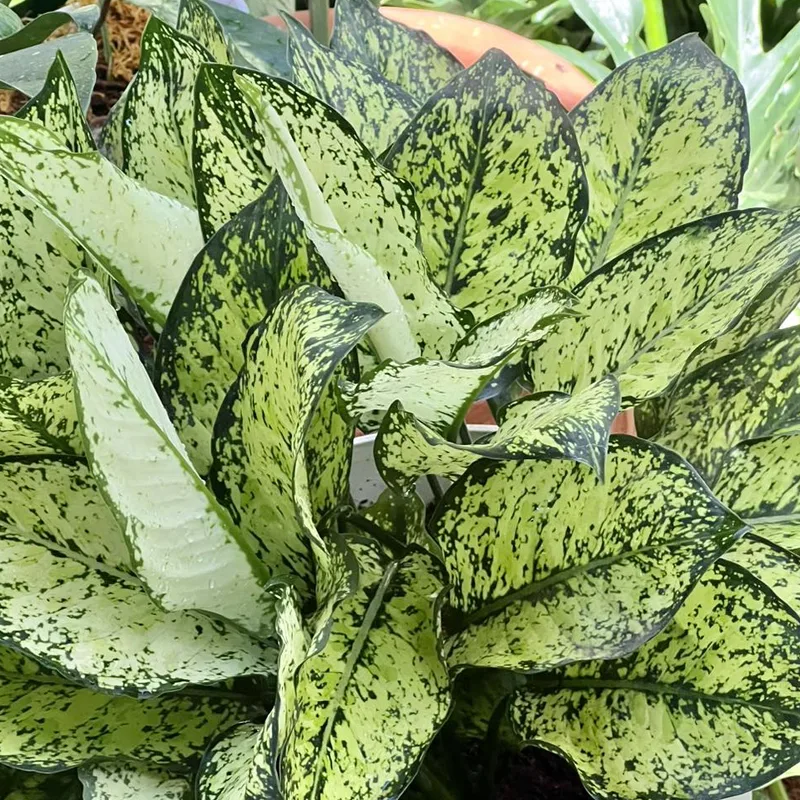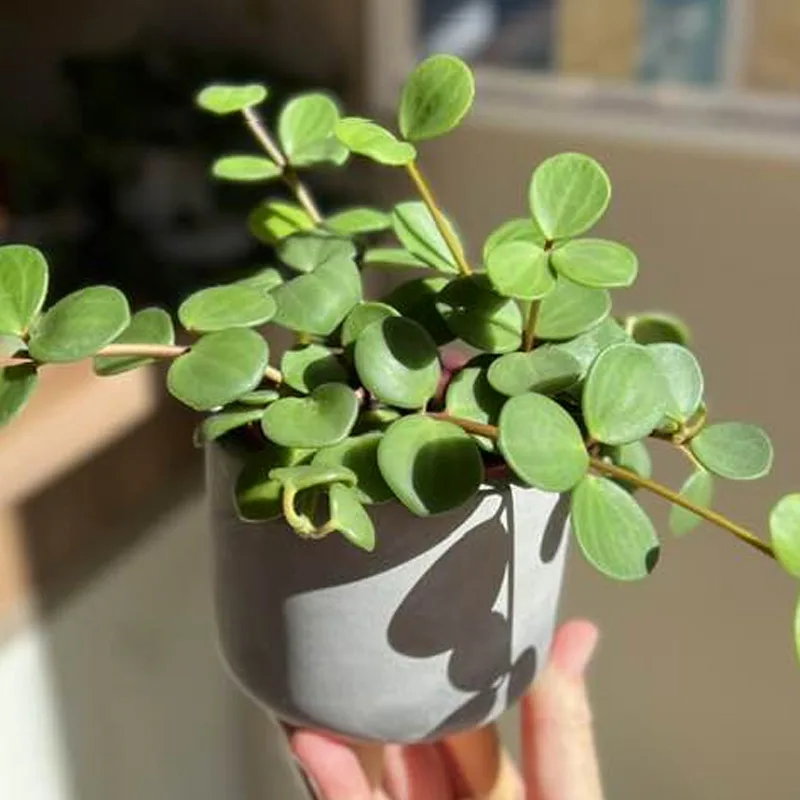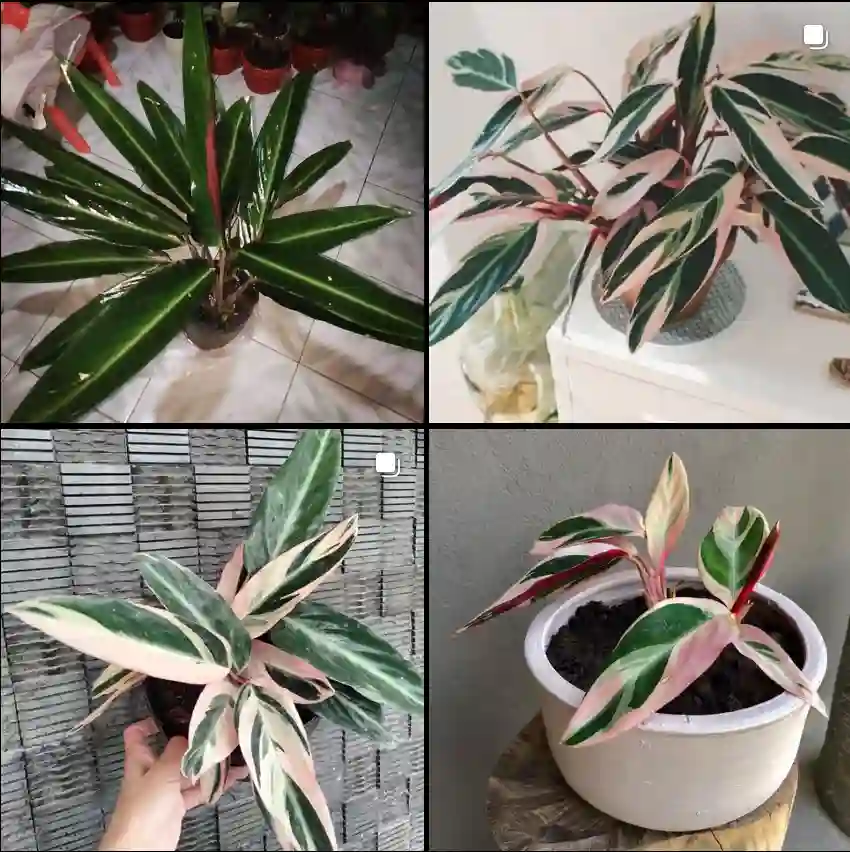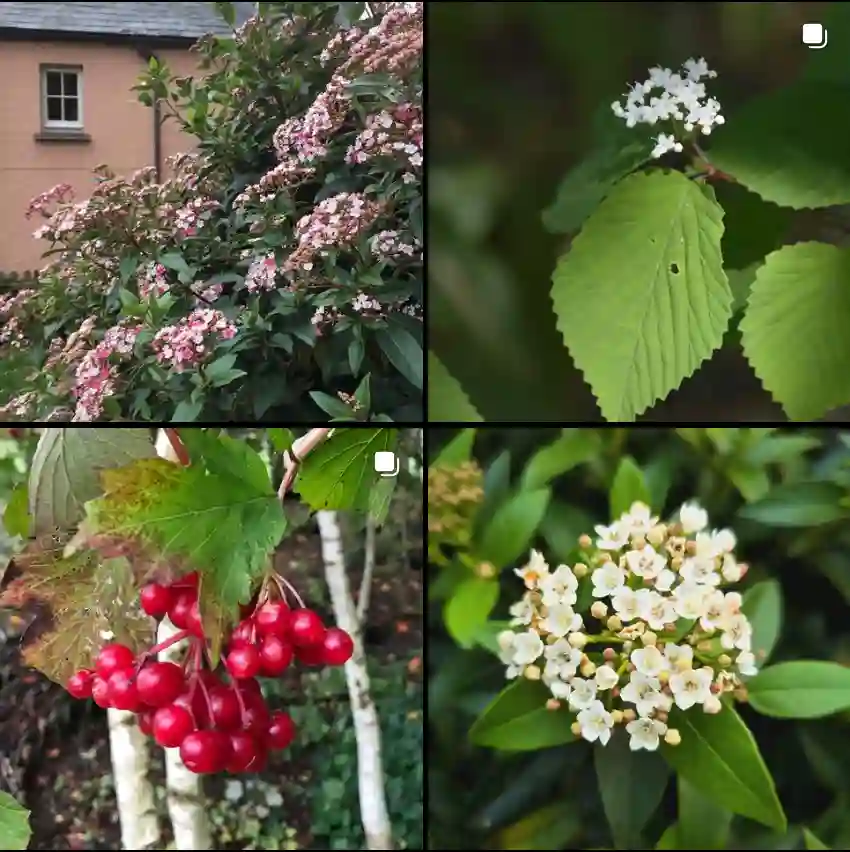Exploring the Podostemaceae Family: A Unique World of Aquatic Plants
The Podostemaceae family has always fascinated me. It’s a family of aquatic plants unlike any other, with species adapted to some of the most extreme freshwater environments. These plants have found their niche in fast-flowing rivers and waterfalls, thriving where many others would simply wash away. In this article, I’ll dive into the captivating world of Podostemaceae, focusing on key genera and their distinctive features. As always, I’ll keep my thoughts rooted in personal experience and observations.
A Brief Overview of the Podostemaceae Family
Podostemaceae is one of the most intriguing plant families I’ve come across. These plants are known for their highly specialized adaptations to life in freshwater habitats, particularly fast-moving streams and rivers. What makes them stand out to me is their unique root system. Unlike typical roots, Podostemaceae plants anchor themselves to rocks or submerged surfaces using flattened, leaf-like structures. This is a brilliant strategy for surviving in the often violent flow of water.
One thing that always amazes me is their ability to grow in such harsh conditions. These plants often go unnoticed due to their habitat—usually submerged under water or appearing during the dry season when water levels recede. They remind me of hidden gems in the plant world, resilient and thriving in the most unlikely of places.
Genera in the Podostemaceae Family
- Angolaea Wedd.
- Apinagia Tul.
- Autana C.T.Philbrick
- Castelnavia Tul. & Wedd.
- Ceratolacis (Tul.) Wedd.
- Cipoia C.T.Philbrick, Novelo & Irgang
- Cladopus H.Möller
- Ctenobryum Koi & M.Kato
- Cussetia M.Kato
- Dalzellia Wight
- Diamantina Novelo, C.T.Philbrick & Irgang
- Dicraeanthus Engl.
- Djinga C.Cusset
- Endocaulos C.Cusset
- Farmeria Willis ex Hook.f.
- Hanseniella C.Cusset
- Hydrobryum Endl.
- Hydrodiscus Koi & M.Kato
- Indodalzellia Koi & M.Kato
- Indotristicha P.Royen
- Inversodicraea Engl. ex R.E.Fr.
- Laosia Koi, Won & M.Kato
- Lebbiea Cheek
- Ledermanniella Engl.
- Leiothylax Warm.
- Letestuella G.Taylor
- Lophogyne Tul.
- Macropodiella Engl.
- Marathrum Bonpl.
- Mourera Aubl.
- Noveloa C.T.Philbrick
- Oserya Tul. & Wedd.
- Paleodicraeia C.Cusset
- Paracladopus M.Kato
- Paradalzellia Koi, P.L.Uniyal & M.Kato
- Podostemum Michx.
- Pohliella Engl.
- Polypleurum (Tul.) Warm.
- Rhyncholacis Tul.
- Saxicolella Engl.
- Sphaerothylax Bisch. ex C.Krauss
- Stonesia G.Taylor
- Terniopsis H.C.Chao
- Thawatchaia M.Kato, Koi & Y.Kita
- Thelethylax C.Cusset
- Tristicha Thouars
- Weddellina Tul.
- Wettsteiniola Suess.
- Willisia Warm.
- Winklerella Engl.
- Zehnderia C.Cusset
- Zeylanidium (Tul.) Engl.
Adaptations that Set Podostemaceae Apart
One thing that always strikes me about Podostemaceae is their sheer tenacity. The adaptations these plants have evolved to survive are nothing short of remarkable. Their root systems, as I mentioned earlier, are not typical. Instead, they have developed a flattened, adhesive-like structure that allows them to cling to rocks and other submerged surfaces.
Another key feature is their ability to withstand both submersion and exposure. Many Podostemaceae plants grow during the wet season when water levels are high, and then go dormant during the dry season when water levels drop. This cycle is essential to their survival, allowing them to flourish in areas that would otherwise be inhospitable to most plant species.
Ecological Importance of Podostemaceae
From an ecological standpoint, the Podostemaceae family plays a vital role in maintaining riverine ecosystems. These plants provide habitat for a variety of aquatic organisms, including fish and invertebrates. In many cases, they act as bioindicators of water quality, thriving in clean, oxygen-rich water and disappearing when pollution levels rise.
For me, understanding the ecological importance of Podostemaceae plants has deepened my appreciation for their resilience. They are not just survivors; they are integral components of their ecosystems, contributing to biodiversity and helping to maintain the health of freshwater environments.
Conclusion
The Podostemaceae family continues to captivate me with its unique adaptations and ecological importance. From the well-known Podostemum to the delicate Tristicha and the hardy Apinagia, these plants have found ingenious ways to thrive in some of the most extreme freshwater environments. Their ability to cling to life in fast-flowing rivers, adapt to fluctuating water levels, and support aquatic ecosystems makes them a truly remarkable group of plants.
Exploring the world of Podostemaceae has given me a deeper appreciation for the resilience of nature. These plants are a reminder that life can flourish even in the most challenging conditions, and there’s always more to learn from the natural world.
If i die, water my plants!



